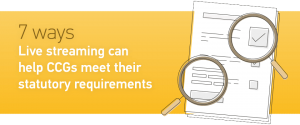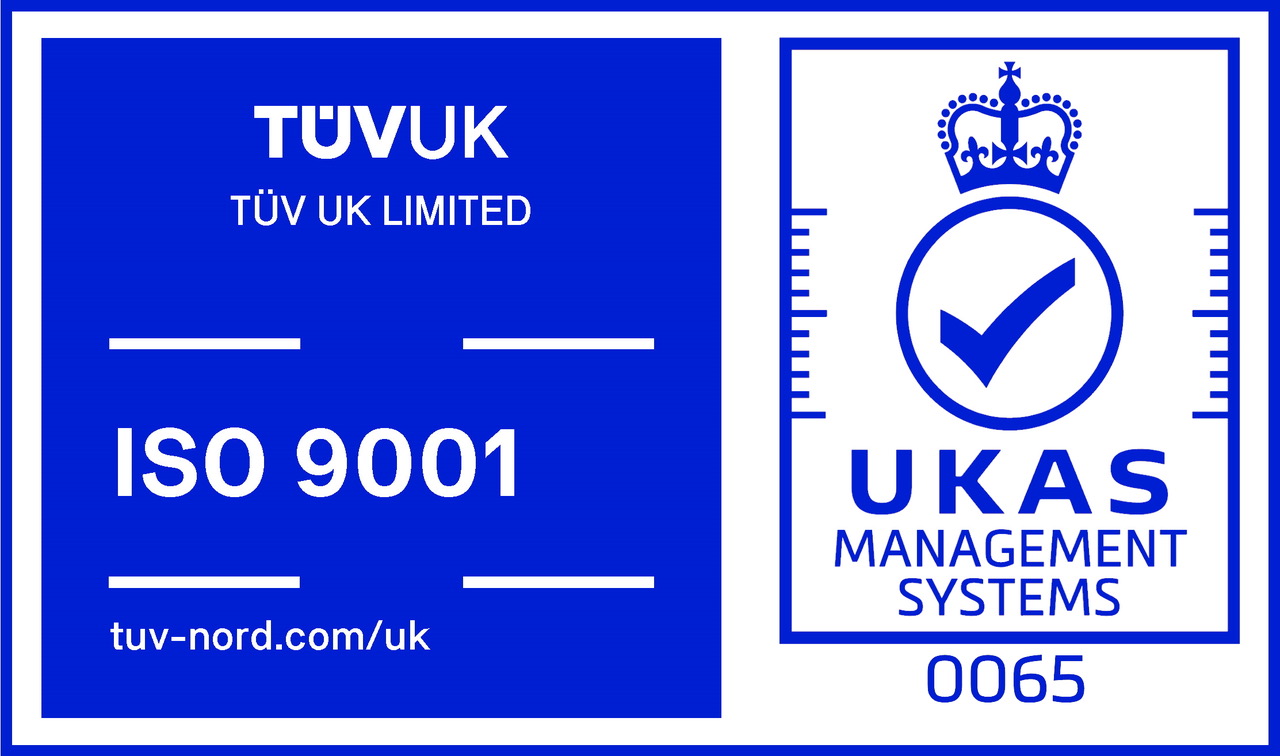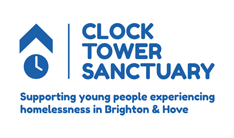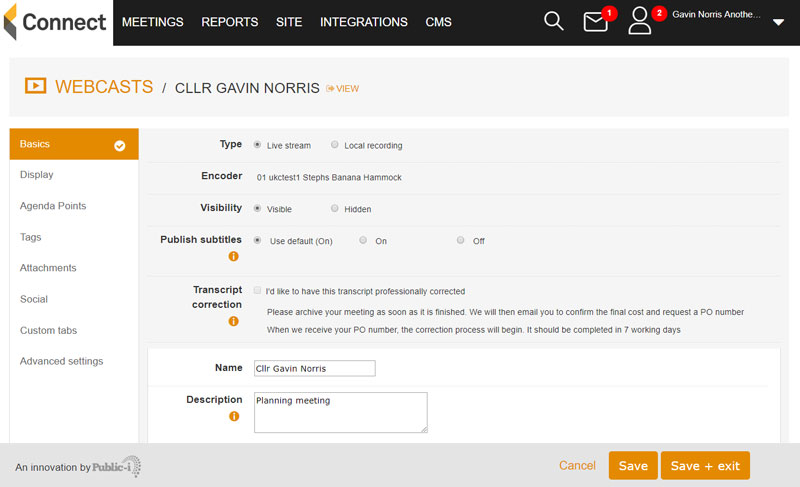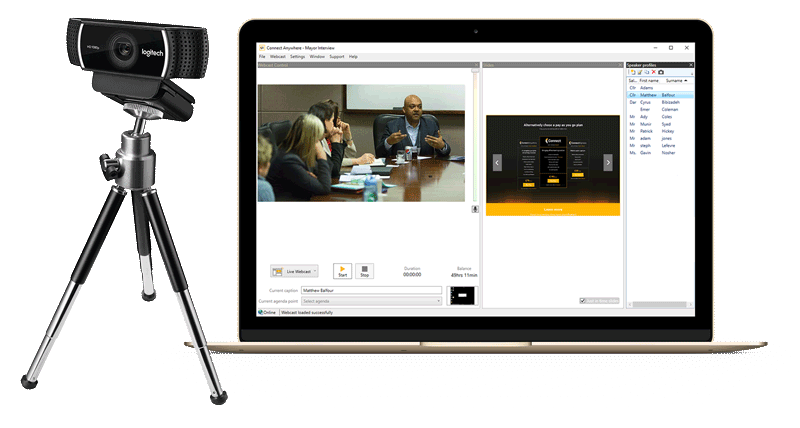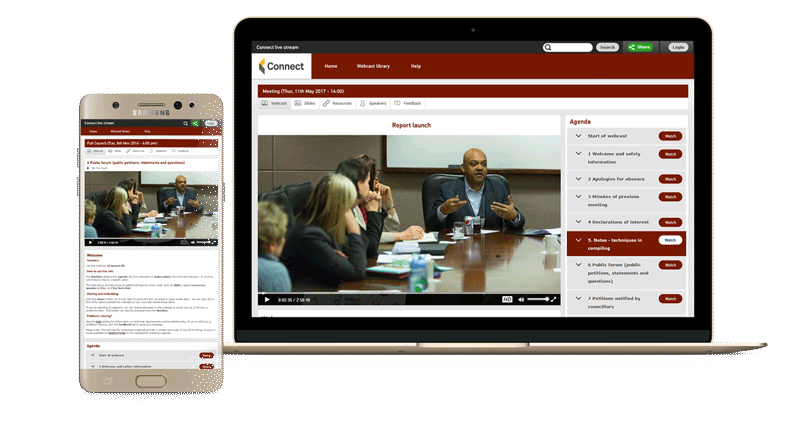“What we save will impact on people. Let’s not deceive ourselves about this.
The key is how we do it, how we have an honest debate with the public about the resources we have available and what this means.”
The words of the late president of ADASS seem pertinent following statistics showing 23% of Clinical Commissioning Groups (CCGs) expect to end 2016/17 in deficit. CCGs are under great pressure to meet statutory duties of the NHS Constitution with less resource than ever.
We work with a large number of public sector authorities who are looking to reach more people with less resource. Live streaming can help CCGs comply with areas of the constitution focused on involvement, consultation and engagement. Here are 7 ways we think it can be a benefit:
#1. Raise awareness of the NHS Constitution (Section 14P NHS Act 2006)
When combined with your communications strategy, live streaming can be a powerful way to convey your message. You can reach a wider audience online with open streaming – attracting patients, staff and members of the public. Alternatively, it can be used internally for private promotional videos.
#2. Engage patients in decision making (Section 14U NHS Act 2006)
Live streaming can help you engage with more people using online channels. Organisations can combine the service with their social media strategy, generating an online conversation around the content. Consequently, this will promote patient involvement in important decision making. NHS South Cheshire CCG and NHS Vale Royal CCG are now live streaming because they want to help place engagement and involvement in the centre of their communications strategy.

#3. Promote innovation (Section 26 of the Health and Social Care Act 2012)
Section 26 states that organisations must promote innovation in the arrangements made for their provision. We work with a number of public sector bodies to help them achieve this. The Department of Health live streamed the NIB Leadership Summit at the Health and Care Innovation Expo. Furthermore, this included live speech-to-text to help them meet their Accessible Information standard.
#4. Highlight research (Section 14Y NHS Act 2006)
Organisations have been using live streaming to reach more people with their research findings. The Care Quality Commission saw a 20% increase in viewership of their annual State of Care Launch event when streaming with Public-i as opposed to using YouTube the year before. The stream has now been watched 982 times since October 2015.
#5. Involve more people in consultations (Section 14Z2 NHS Act 2006)
Under section 14Z2 of the NHS Act 2006, each CCG has a duty to involve the public in consultation around commissioning arrangements, developments and proposals for change. One organisation that has been using live streaming for large consultation purposes is NHS England. There were 476 views of the NHS England Open House which was captured from four regionally based events. These were streamed simultaneously and connected via social media to create a national consultation exercise.

#6. Be transparent in your reporting (Section 14Z15 NHS Act 2006)
For sixteen years Public-i has been helping organisations use live streaming to become more transparent. Technology has moved on and in 2016 it’s easy for anyone to come to a public meeting and record with a mobile device. However, when doing it yourself you have the power to control the content and make sure it isn’t taken out of context. You’re also demonstrating best practice by openly sharing your reporting. CQC and Healthwatch use the service for board and committee meetings, supported by contextual documentation which is accessible to the public alongside the video.
#7. Provide education and training (Section 14Z NHS Act 2006)
The British Medical Association has not only been using the service to stream their conferences but also for training sessions and educational webinars. Organisations can recoup streaming costs by hiring out the infrastructure to other authorities. You can also save staff travel costs by using it for internal meetings. Public-i works with a number of customers that use the service in both capacities.
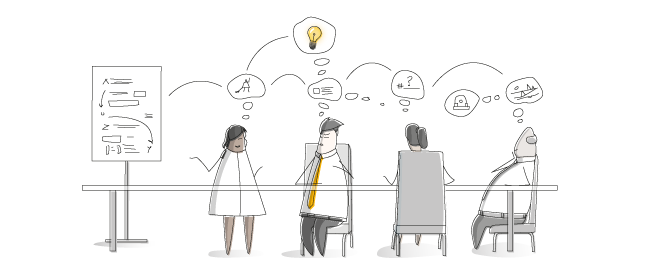
If you would like to find out more, we’ll be exhibiting at the HETT show on the 28th September at Olympia, London. Come see us on stand H378.

